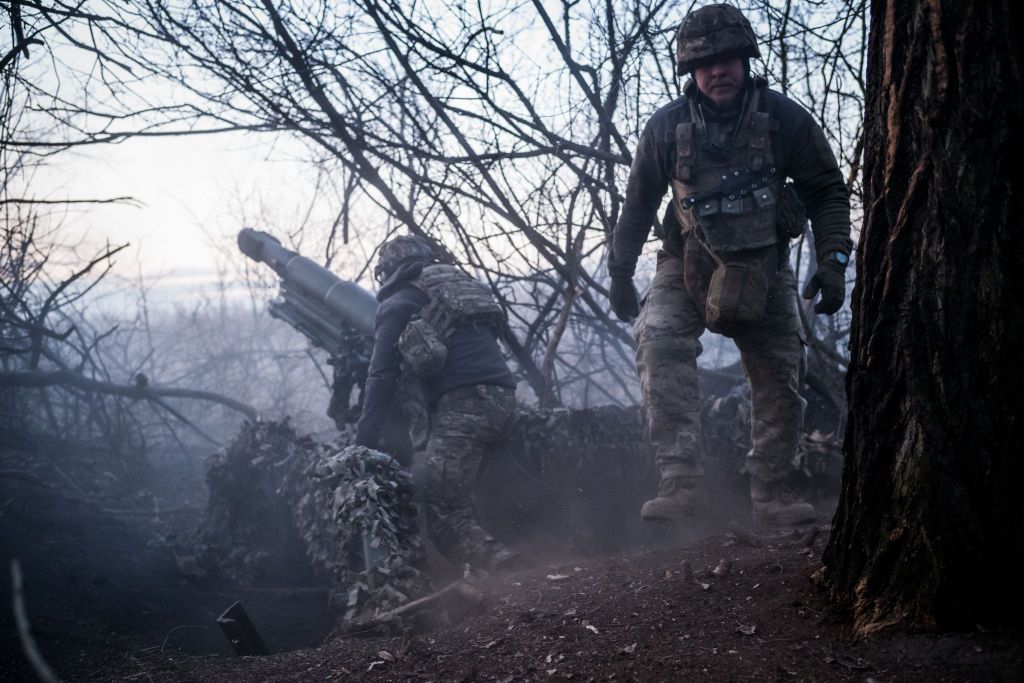SBU: Ukraine's modernized sea drones can carry 1 ton of explosives over 1,000 kilometers away

Ukrainian naval drones Sea Baby have been modernized and can now carry almost a ton of explosives to hit a target over 1,000 kilometers away, Artem Dekhtiarenko, the spokesperson of the Security Service of Ukraine (SBU), said on April 14.
"This means that the SBU can reach a target almost anywhere in the Black Sea," added Dekhtiarenko.
In recent months, Ukraine has intensified its attacks on occupied Crimea, targeting Russian military assets in and around the Black Sea with domestically-produced sea drones and long-range missiles. Russia has illegally occupied the peninsula since 2014.
As of early February 2024, 33% of the Russian Black Sea fleet's warships had been disabled by Ukraine, the Strategic Communications Center of Ukraine's Armed Forces recently reported.
The SBU currently uses two types of sea drones — Sea Baby and Mamai, Dekhtiarenko said on national television.
"These are already new generations of drones, on the improvement of which the team of SBU specialists worked and continues to work together with other members of the Security and Defense Forces."
The sea drones used by the SBU have so far hit 11 Russian warships and the Crimean bridge connecting the occupied peninsula with Russia, according to Dekhtiarenko.
Dekhtiarenko said that in 2022, when the SBU first started to use homegrown sea drones, there had been no alternative to these drones worldwide. The existing Western drones were large but not maneuverable, they could easily be detected by "enemy radar stations," and they also did not have a warhead, the spokesperson added.
"Today, a drone worth Hr 8.5 million (around $216,000) destroys an enemy warship worth tens of millions of dollars."
To prevent further Ukrainian drone strikes on the Black Sea fleet, Russian forces in occupied Crimea are constructing barriers at the entrance to Sevastopol Bay, the partisan group Atesh reported on March 27.
Russia is also trying to strengthen the defense of its Novorossiysk port, where Moscow had begun redeploying its Black Sea fleet from Sevastopol last year, the U.K. Defense Ministry said in its daily update on March 31.















